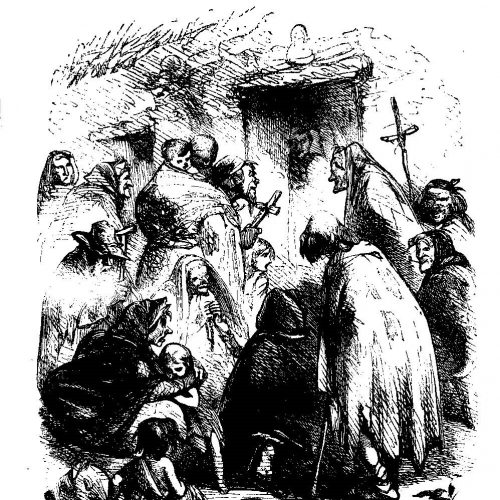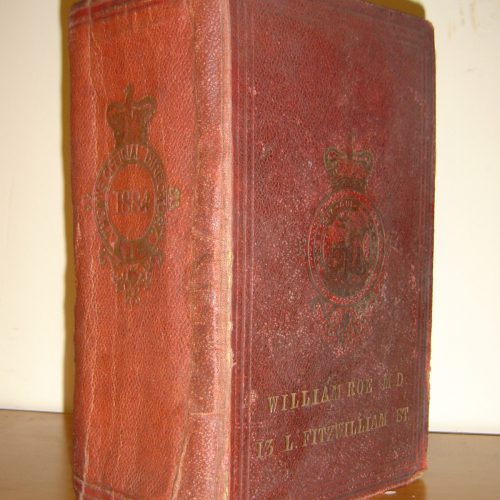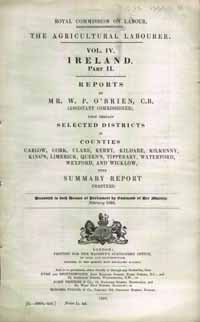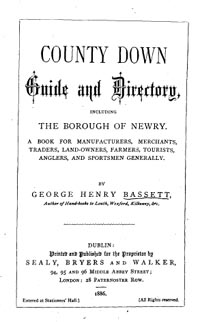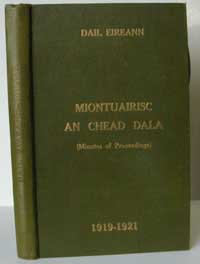William Carleton, Traits and Stories of the Irish Peasantry, 1853
What is inside?
This edition of William Carleton's Traits & Stories of the Irish Peasantry was published in London in 1853 and is republished here in fully-searchable electronic format. Containing the stories The Party Fight & Funeral; the Hedge School and The Station, this edition includes two illustrations by Phiz, Halbot Knight Browne (1815-82), best-known as the illustrator of the works of Charles Dickens.
William Carleton, now memorialised by the numerous summer schools that bear his name and contemporary literature by no less than Seamus Heany in his epic poem, The Station, was born in Co. Tyrone in 1794, one of fourteen children of a small tenant farmer. Educated at various hedge schools Carleton had initially entertained ideas of entering the Church, but after undertaking a pilgrimage he gave up any notions of becoming a priest and eventually became a Protestant.
Carleton arrived in Dublin in the late 1820s virtually penniless and after failing to secure jobs as a bird-stuffer and soldier amongst others, he obtained a teaching job in a Sunday School and began to contribute stories to journals. Asked to write a sketch of Lough Derg, this was published by the editor of the Christian Examiner, Reverend Caesar Otway and within two years Carleton had published more than thirty sketches in the same periodical. These were collected and published as Traits and Stories of the Irish Peasantry, published in five volumes between 1830 and 1833 by William Curry and before Carleton's death in 1869 had gone through more than fifty editions. This was followed by Tales of Ireland published in 1833, which placed Carleton in the first rank of Irish novelists. Between 1833 and his death in 1869 Carleton wrote and was published continuously and some of his other works include Valentine McClutchy, the Irish Agent, or Chronicles of the Castle Cumber Property; Willy Reilly and his dear Cooleen Bawn; The Black Prophet, a Tale of Irish Famine and The Squanders of Castle Squander.
Carleton wrote from the personal experiences he had with the scenes he described, especially in his short stories such as the Hedge School and The Station and in these he 'described, and drew with a sure hand a series of pictures of peasant life, unsurpassed for their appreciation of the passionate tenderness of Irish home life, of the buoyant humour and the domestic virtues which would, under better circumstances, bring prosperity and happiness'. It is for these reasons that the Traits of the Irish Peasantry has undergone so many editions and why it is still to be recommended to a contemporary readership.
This title is a DOWNLOAD. Please click the link on the receipt to initiate the download.
Research Store.
Browse our range of products that can help trace your family ancestry and learn the story of your families history and past.
